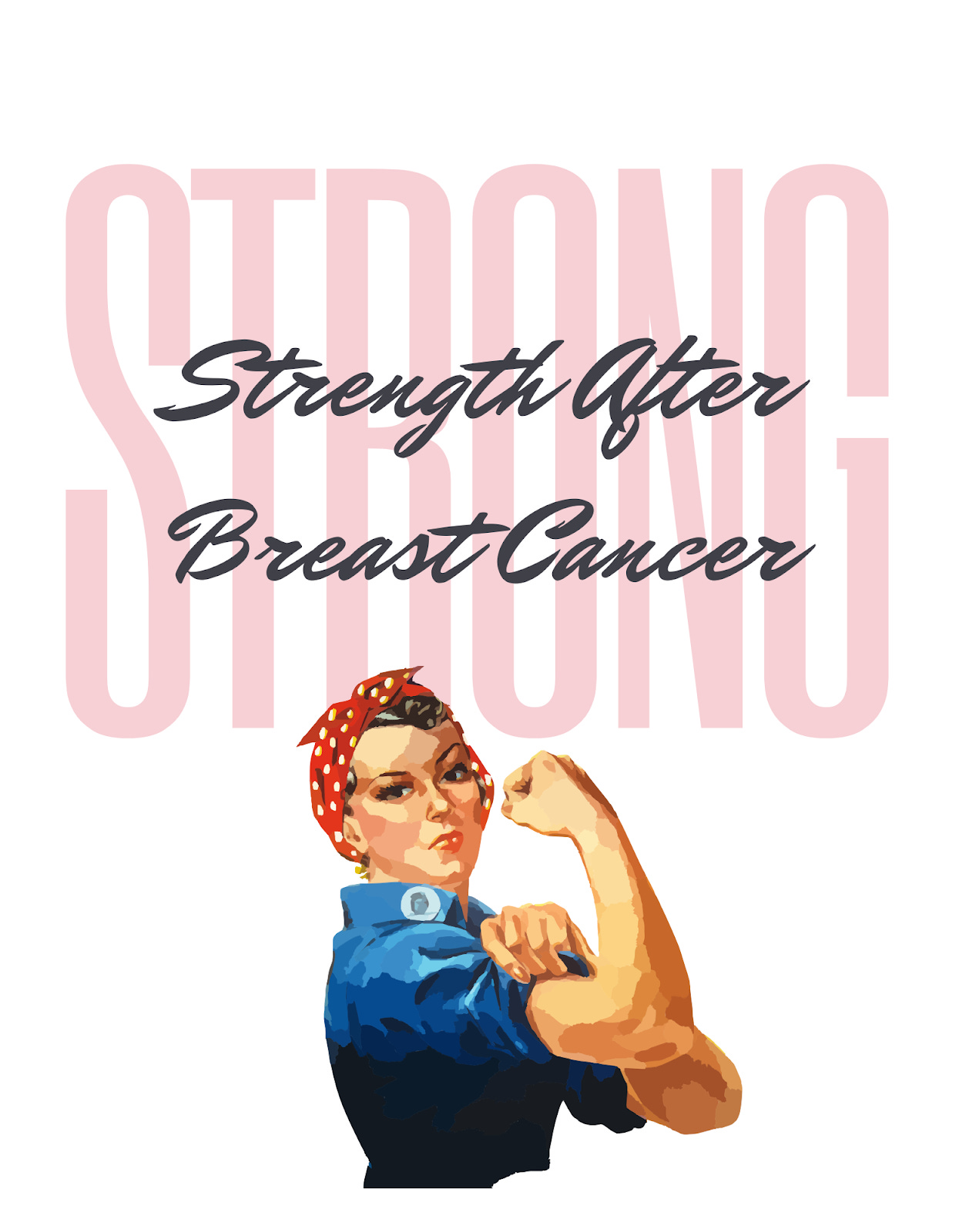Happy New Year!!!
This post is for the Ladies out there. Actually, ladies who have had a breast cancer diagnosis and ladies with lymphedema. The new year will bring many New Year’s Resolutions. Clean eating. Mindfulness techniques and meditation every day. Dry January. Learning a new skill. Journaling. Getting to the bottom of that TBR stack. And, of course, getting back to the gym to work out! Some of these may be on your list. Some of them you might have tried and failed. Did you know that only 9% of New Year’s resolutions are kept and successful? Author James Clear of Atomic Habits states that making small changes, working on changing the System rather than goal setting, and building identity-based habits are key to working towards a better you.
In a previous post, I talked about how Exercise is one of the Pillars of Complete Decongestive Therapy (CDT), the Gold Standard of lymphedema management. It was once thought that if you had lymphedema, one of the lifetime precautions (like no needle sticks or blood pressure in an affected arm) was no weight lifting. Many felt that it was a trigger for the onset of lymphedema or made their lymphedema worse. Sure, I can see how someone with lymphedema returned to the gym, going back to lifting heavy like they did before their cancer treatment, and BOOM…swelling. So, the blanket rule of no resistance or strength training was born for those at risk or with a lymphedema diagnosis.
What we do know is that strength training:
Improves bone density
Improves muscle mass
Helps to prevent falls
Reduces cancer-related fatigue
Improves mood and well-being
Improves overall quality of life
Strength training (at least twice a week) is recommended by both the American College of Sports Medicine and the American Cancer Society. There are studies that support exercise for cancer patients and survivors: HERE and HERE. So why should breast cancer survivors avoid strength training and miss out on all the health benefits?
Dr. Kathryn Schmitz from the University of Pennsylvania wanted to challenge that blanket rule. She noted that disuse or the avoided use of an affected limb was more likely to lead to weakness, injury in everyday activities, decreased physical activity, and increased weight gain – all of which led to worsening lymphedema. She and her colleagues embarked on The Physical Activity and Lymphedema (PAL) Trial in 2008. They recruited almost 300 breast cancer survivors with a lymphedema diagnosis or who were identified as being at risk of developing lymphedema for a randomized controlled exercise intervention trial. Half the group went about their regular exercise routines, and the other half engaged in a protocol of a twice-weekly slow, progressive strength training program. What did they find?
50% reduced likelihood of lymphedema worsening
70% reduced likelihood of lymphedema onset among women with 5 or more nodes removed
Improved strength and energy
Improved body image
Reduced body fat
Prevented decline in physical function
So what they learned is that not only can strength training be done by breast cancer survivors with lymphedema, but they also have outstanding positive outcomes by engaging in it. Survivors just have to be mindful of the stress and load on their at-risk or affected limb by following the PAL Trial Protocol of Strength After Breast Cancer!
When I learned about this trial and protocol at a Lymphedema conference, I was excited! My patients can now reap the benefits of progressive strength training! This went after my little physical therapist’s heart. I immediately went to get certified as an instructor in 2018 and have been teaching it since.
If you are interested in A STRONGER YOU and have a breast cancer diagnosis with lymphedema or are at risk for lymphedema, join my next session launching in January 2025 at The Little Red Door Cancer Agency in downtown Indianapolis. Participants in the 6-week program undergo a personalized screening, comprehensive lymphedema education, and 5 sessions to learn the Strength After Breast Cancer program. Classes start January 23rd on Thursdays from 12:00p-1:15p for 6 weeks. Best of all, they are FREE to participants as part of grant funding for the Door to Wellness programming provided by Little Red Door.
Register TODAY for the January 2025 class at:
https://www.littlereddoor.org/strengthabc
As always, make sure your physician has cleared you to participate in a community-based exercise program. If Strength After Breast Cancer is too intense, stay tuned for a new low-impact class, Healthy Steps/Lebed Method.
“All big things come from small beginnings. The seed of every habit is a single, tiny decision. But as that decision is repeated, a habit sprouts and grows stronger. Roots entrench themselves and branches grow. The task of breaking a bad habit is like uprooting a powerful oak within us. And the task of building a good habit is like cultivating a delicate flower one day at a time.” – Atomic Habits




